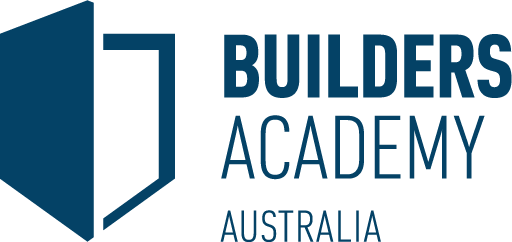Work Health and Safety (WHS) is, rather obviously, a discipline that governs the well-being of employers in all industries. There are national work health and safety acts, as well as industry- or workplace-specific regulations, such as mining in Australia. According to Wikipedia, occupational health and safety has ramifications that go beyond the workplace, as it has positive knock-on effects for everything mining industry-related, including employees’ families, the community at large, the environment and profits.
Work health and safety also extends beyond mere physical health; plans should take into consideration emotional, psychological and social health. Work health and safety officers in Australia need to consider work-related illnesses (like heart and lung disease associated with mining), and company directors and managers up to date on the acts and legislation that govern WHS in their particular industry.
Understanding Risks and Assessment
One of the most important jobs associated with health and safety in the workplace is risk identification and management, which includes analysing risks, forecasting potential harm as a result of the risk (on all levels of severity) and estimating the probability of occurrence. Work health and safety also includes devising strategies to avoid hazardous outcomes in the workplace and implementing procedures if these strategies fail.
There are five broad categories of risks that health and safety officers need to identify:
Mechanical Risks
Such as collisions, falls and equipment
Physical Risks
Including noise, light, asphyxiation, heat and radiation
Biological Risks
Such as bacteria, viruses and assorted pathogens
Chemical Risks
Including dangers such as acids, solvents, fumes and explosive chemicals
Psychosocial Risks
Which is one of the most common, such as stress, emotional and verbal abuse and sexual harassment
Work Health and Safety in the Mining Industry
According to Safe Work Australia, the Australian mining industry is not a shining example of occupational health and safety. Between 2015 and 2017 there were 2557 claims for serious worker’s compensation; the most common reasons cited were muscular stress, falls, trips and slips and being hit by moving objects. Safe Work Australia breaks down the occupational health and safety statistics by region and found that NSW has the highest number of serious claims, Victoria had the lowest number of claims and the Northern Territory had the most significant decrease in claims. Interestingly, while NSW has the highest number of claims, it also experienced the second biggest decrease.
According to miningcareers.com, becoming a health and safety officer in the mining industry can be rather lucrative with salaries between AU$70 000 and AU$110 000. Becoming a health and safety manager is even more lucrative, with salaries between AU$85 000 and AU$140 000.
$85,000 – $140,000
Average salary range for health and safety officers in the mining industry
Work Health and Safety TAFE Courses
TAFE Queensland offers Certificate IV in Work Health and Safety, although it notes that anyone who wants to practice as a workplace health and safety officer will need to complete a statutory course that complies with the Queensland Workplace Health and Safety Act 1995. Many TAFEs offer a Diploma of Work Health and Safety for people who want to advance from WHS officers to workplace health and safety managers; it is assumed that students are already familiar with the relevant health and safety acts in its related state or territory.
Swinburne University of Technology has a Centre for Work Health and Safety Training that offers Certificate III in OHS, Diploma and Advanced Diploma of WHS and several short courses, such as Contribute to the Implementation of Emergency Procedures, Monitor a Safe Workplace and Handle Dangerous Goods/Hazardous Substances.
Browse Results
Diploma of Nursing (SA Only) HLT54121
Build a meaningful career that makes a difference with the HLT54121 Diploma of Nursing. This nationally recognised qualification provides the essential skills, knowledge, and practical training needed to become a qualified Enrolled Nurse in Australia....




Certificate IV in Building and Construction (Building) (VIC Only) CPC40120
If you are an aspiring or working tradesperson, here is your foundation for success. This is your first step towards starting your own building business and preparing for the builders registration. We understand that you could be a busy tradie by day,...


Graduate Diploma in Management
The Graduate Diploma in Management is an online postgraduate qualification that is ideal for busy senior managers, with a potential entry pathway through any of our Graduate Certificates and study that is highly supported, fits into your schedule, and...


Graduate Certificate in Management
The Graduate Certificate in Management is an online postgraduate qualification that is designed for newer and ambitious professionals, with entry possible through management experience alone and a study structure that easily accommodates full-time work...


Diploma of Building and Construction (Building) (VIC Only) CPC50220
Prepare for registration as a Builder with the Diploma of Building and Construction (Building) (CPC50210) Gain the skills & knowledge to run your own business Study when it suits you – online & on campus options available...




